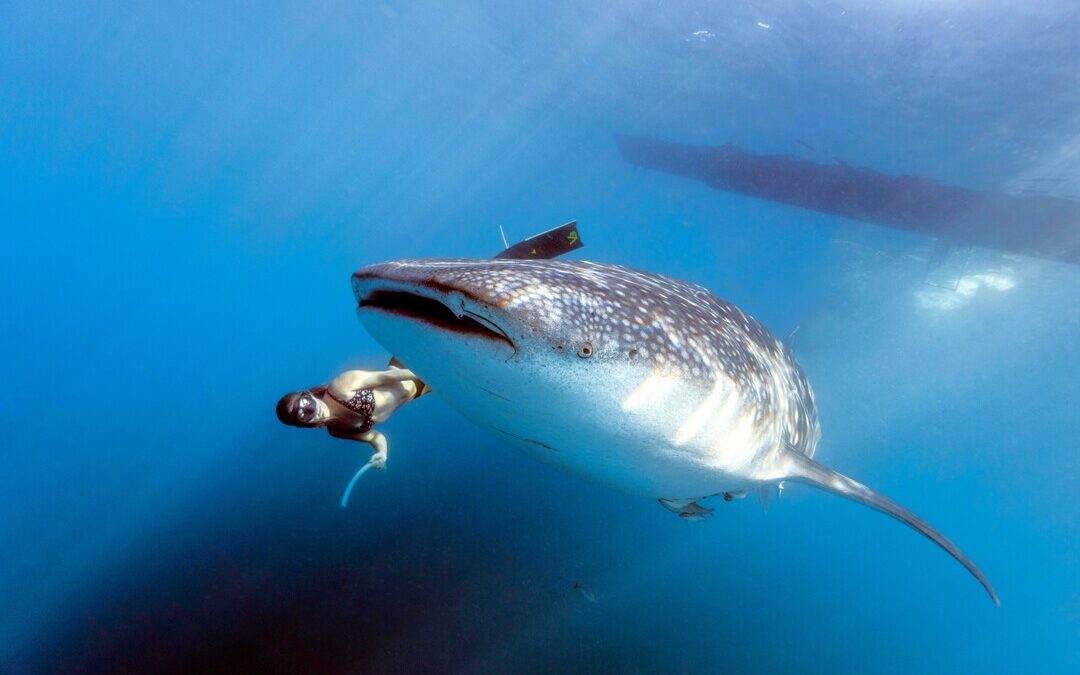High Seas Treaty Ratified to Protect Marine Biodiversity Worldwide
Nations unite under the High Seas Treaty to safeguard marine biodiversity and ensure fair sharing of ocean resources.
A global treaty to protect the high seas has secured the 60 ratifications needed to enter into force. It sets the stage for new rules on marine biodiversity and shared resources beyond national waters.
Morocco became the 60th country to back the Biodiversity Beyond National Jurisdiction Agreement, also known as the High Seas Treaty, on Sept. 19.
The move triggers a 120-day countdown before the pact becomes legally binding. It marks the first time the international community will enforce protections across the vast waters outside national jurisdictions.
The first Conference of the Parties, or COP, is expected in 2026, when governments will decide on the implementation of the treaty.
Two Decades in the Making
The treaty follows nearly 20 years of negotiations under the UN Law of the Sea Convention. Talks began in the early 2000s, but coordination among almost 200 nations slowed progress.
Small island states pressed for swift action. Larger nations and industry groups sought to protect commercial interests in fisheries, minerals and biotechnology.
Momentum grew after the 2023 UN Ocean Conference in Nice, co-hosted by France and Costa Rica. Their push spurred a fresh wave of ratifications, culminating in Morocco’s endorsement.
What the Treaty Covers
The agreement rests on four pillars: marine protected areas, benefit-sharing of marine genetic resources, capacity building and technology transfer, and environmental impact assessments for activities such as deep-sea mining.
Marine protected areas are viewed as the most powerful tool. They will allow governments to designate zones in the high seas to safeguard habitats and species. This will strengthen efforts to conserve marine biodiversity worldwide.
Earlier examples, such as the Ross Sea reserve in Antarctica, show that protections can succeed but need broad cooperation.
Equally important, the treaty sets rules for sharing genetic resources taken from deep-sea organisms. These materials are valuable to pharmaceuticals, biotechnology and food companies.
For the first time, developing nations will gain guaranteed access to both knowledge and financial benefits.
Climate and Biodiversity Goals
Scientists stress that protecting the high seas is vital for meeting international climate and biodiversity targets. Roughly two-thirds of the world’s ocean lies beyond national jurisdiction. It is a critical frontier for conservation and sustainable use of marine biodiversity.
“These waters sustain life on Earth. They feed billions, support livelihoods and stabilize the climate,” said Tom Pickerell, global director of the World Resources Institute’s Ocean Program. “This treaty is as significant as the Paris Agreement. Implementation must not drag on for decades.”
Challenges Ahead
Experts warn that political and financial hurdles could slow progress. Setting up a governance framework, agreeing on funding and ensuring all members can participate will be complex.
The Preparatory Commission has already begun shaping operational rules in preparation for the 2026 meeting. Its work includes building institutions, clarifying responsibilities and setting transparent standards for environmental reviews.
Advocates argue that the treaty must be closely linked to national actions. Members of the High Level Panel for a Sustainable Ocean Economy are already pledging to manage 100 percent of their waters sustainably. Aligning those commitments with high seas governance could weave a global net of protection.
For now, the ratification milestone represents a rare breakthrough in multilateral diplomacy. With the countdown underway, governments must transform a landmark agreement into effective, enforceable action.
Also Read:
India Launches 14 Climate Tools to Boost Resilience, Focuses on Ocean Economy
Nirmal Menon
Related posts

Subscribe
Error: Contact form not found.


